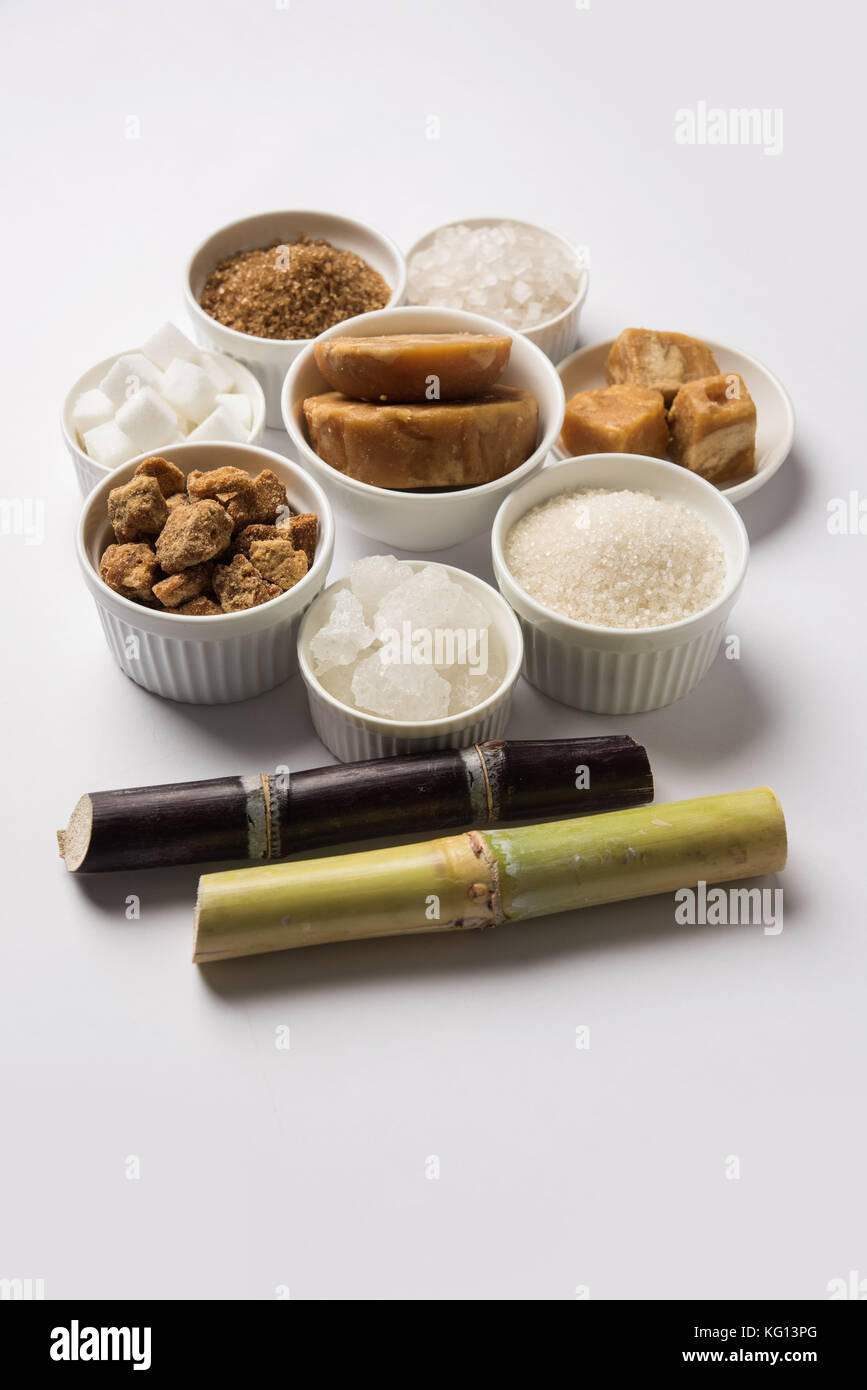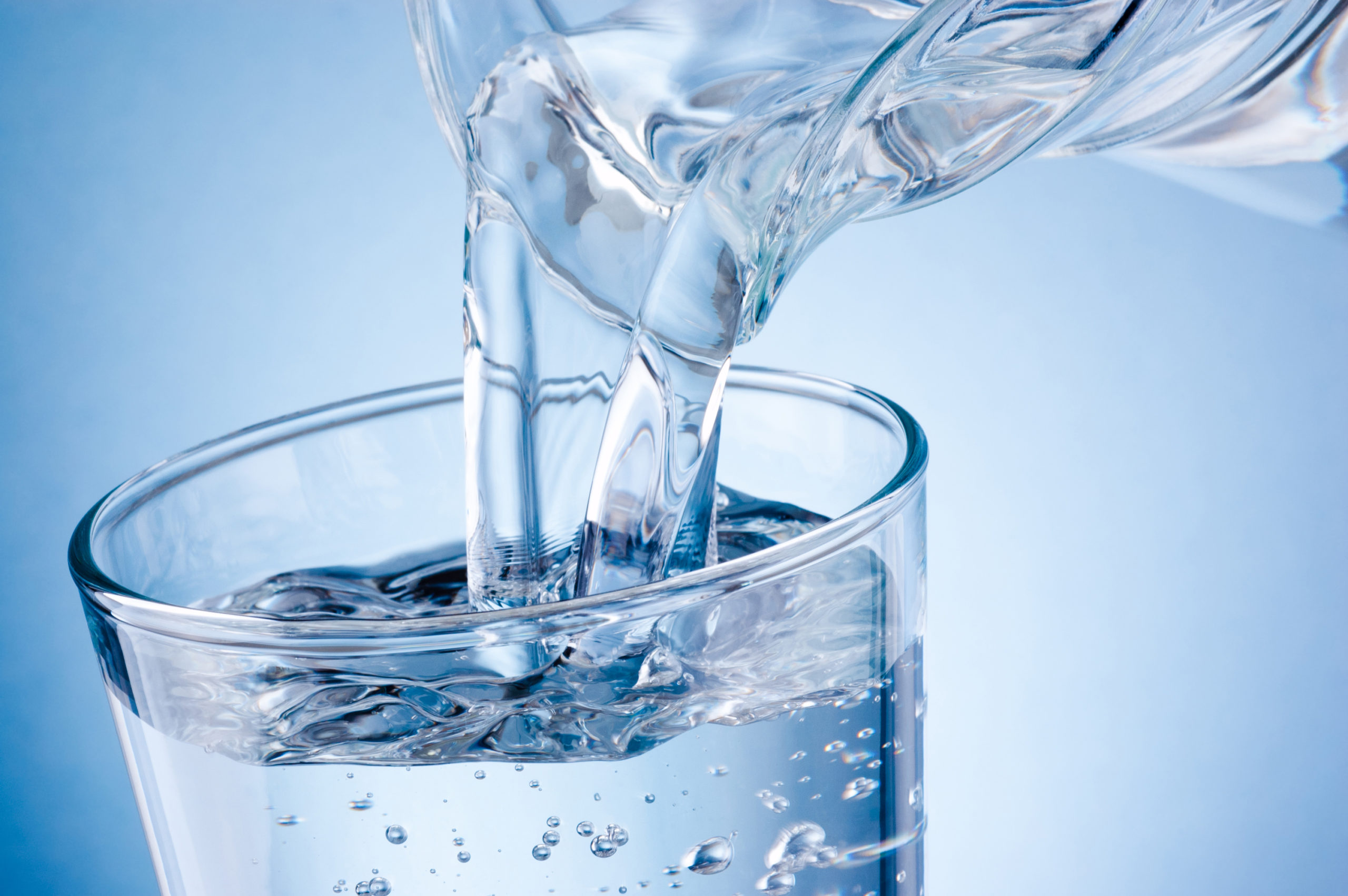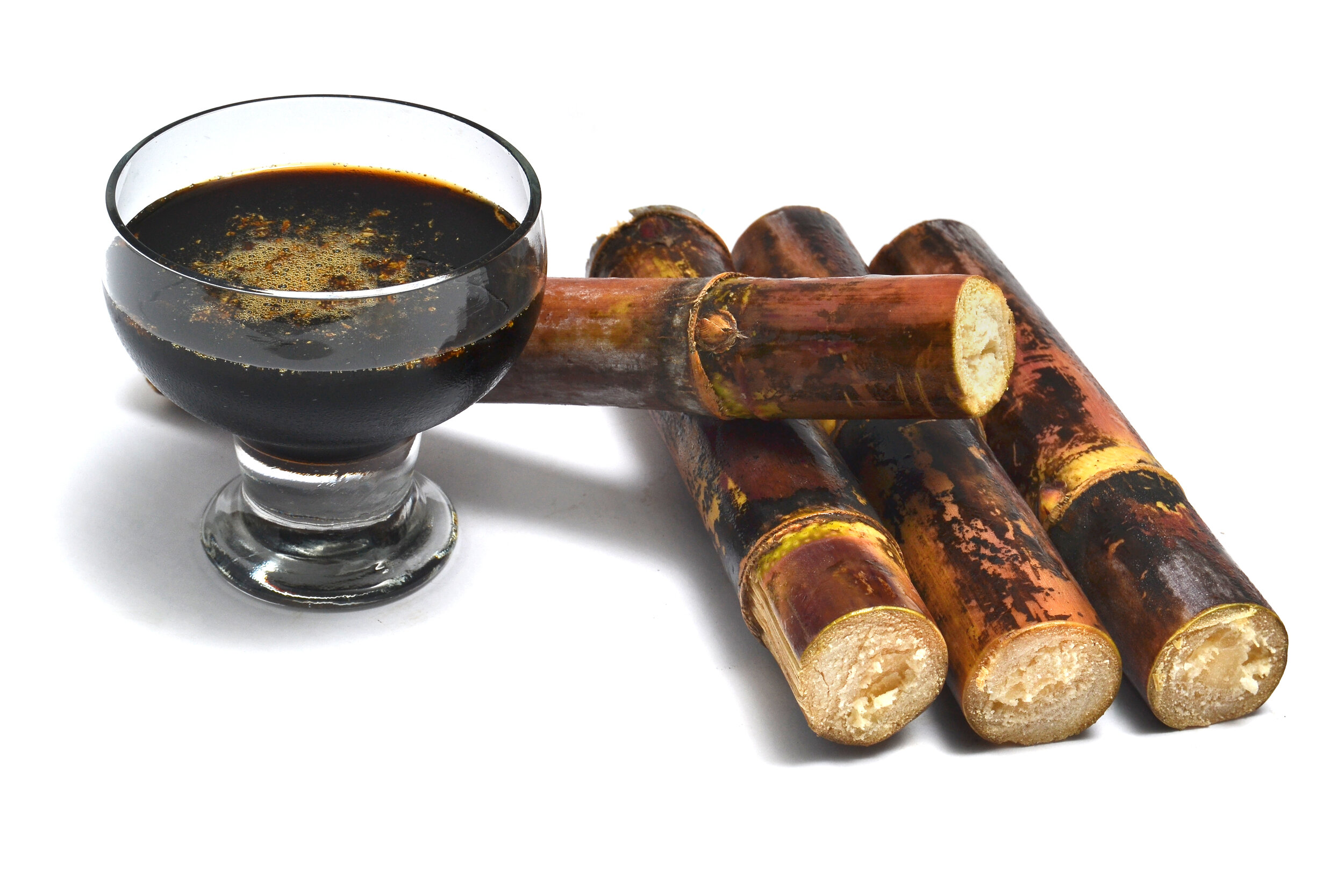The Role of sugar cane products in Sustainable Farming and Agro-Industry
The Comprehensive Trip of Sugar Cane: Understanding Products and Production Methods
The journey of sugar walking stick is a complicated procedure that begins in exotic areas with ideal expanding conditions. Growing practices are created to optimize yield and sustainability. Harvesting methods range from traditional hand-operated strategies to modern mechanical methods. After harvest, sugar walking cane goes through numerous handling stages to transform it into granulated sugar. This expedition discloses not just the ins and outs of production yet additionally the wider implications for global markets and the setting. What exists past this preliminary change?

The History of Sugar Cane Cultivation
Although sugar walking cane growing dates back hundreds of years, its beginnings can be mapped to the tropical areas of Southeast Asia, where early farmers first recognized the plant's wonderful sap. This discovery brought about the farming of sugar walking stick as a staple plant, slowly spreading out to India and the Middle East. By the first millennium advertisement, sugar walking cane was being grown in these areas, where techniques for drawing out and fine-tuning sugar were developed.The plant got importance in Europe during the Campaigns, as returning soldiers brought understanding of sugar production back home. By the 15th century, the facility of sugar plantations started in the Caribbean, driven by the demand for sugar in Europe. The transatlantic slave labor fueled this development, as confined labor was used to make best use of production. Over centuries, sugar walking cane farming advanced, influencing economic climates and cultures worldwide, making it a significant farming product.
Growing Problems and Agricultural Practices
The effective farming of sugar cane counts greatly on specific growing problems and farming practices. Perfect temperature levels vary in between 20 to 32 levels Celsius, with well-distributed rains of 1,500 to 2,500 millimeters yearly. Dirt top quality is crucial; loamy or sandy soils, rich in raw material, advertise healthy growth.Farmers usually employ numerous agricultural techniques to enhance return. Plant rotation and intercropping are common approaches to keep dirt fertility and control pests. Routine watering may be required in drier regions, ensuring that the plants obtain ample moisture. Fertilizing, especially with nitrogen and potassium, is crucial for durable growth.Pest and weed administration methods, including incorporated insect monitoring (IPM), help to minimize losses. Sustainable methods, such as very little husbandry and organic farming, are getting grip among producers to shield the atmosphere. Collectively, these factors contribute considerably to the successful production of sugar walking stick.
Gathering Techniques and Timing
In sugar cane production, the option in between guidebook and mechanical harvesting significantly impacts performance and yield. Timing is also essential, as harvesting at the perfect moment assurances optimal sugar content and decreases losses. Comprehending these variables is vital for successful sugar walking cane cultivation.
Manual vs. Mechanical Harvesting
Collecting sugar walking cane involves 2 primary approaches: manual and mechanical, each with unique benefits and difficulties. Hand-operated harvesting, generally performed by workers making use of machetes, enables better accuracy in reducing and reduces damages to the plant. It is typically preferred in regions with unequal surface or where the crop is intermixed with other plants, as workers can browse these intricacies much more properly. It is labor-intensive and taxing. Alternatively, mechanical harvesting uses specialized machines to cut and collect the walking stick quickly, raising performance and reducing labor costs. This method is suited for massive procedures yet can bring about greater plant damages and dirt compaction. Eventually, the option in between guidebook and mechanical harvesting relies on numerous variables, consisting of financial considerations and environmental problems.
Optimum Harvesting Timing
Choosing the right minute to harvest sugar walking stick significantly affects both return and quality. Ideal collecting generally occurs when the cane gets to full maturation, usually in between 12 to 18 months after planting. At this phase, sucrose degrees optimal, ensuring the very best sugar extraction prices. Weather likewise play a crucial role; harvesting throughout completely dry periods can stop damage to the walking cane and lessen soil compaction. Furthermore, checking the plant's shade and fallen leave decrease can indicate readiness, as a yellowing of the leaves suggests that the cane is ripe. Prompt harvesting is necessary, as delays can bring about reduced sugar web content and raised sensitivity to bugs and illness, ultimately influencing general production effectiveness.
Processing Methods: From Cane to Sugar
The handling of sugar walking stick includes critical removal methods that separate the juice from the fibrous plant material. Adhering to extraction, the refining procedure transforms the raw you could try these out juice into taken shape sugar, making sure pureness and high quality. Recognizing these techniques is essential for comprehending the trip of sugar from cane to end product.
Extraction Methods Review
Extraction methods play a significant function in transforming sugar walking stick into functional sugar. Originally, the cane is gathered and moved to processing facilities where it undertakes comprehensive cleaning to get rid of impurities. The following action entails squashing the walking stick making use of hefty rollers, which releases the juice containing sucrose. This juice is after that cleared up through the enhancement of lime and warmth, permitting pollutants to settle out. After information, the juice is evaporated under regulated temperature levels to concentrate the sugar material. Consequently, formation occurs, where sugar crystals are created as the focused juice cools down. These strategies assure the efficient extraction of sugar while preserving the top quality needed for more handling. Recognizing these techniques is essential for understanding the total production of sugar from sugar walking cane
Refining Refine Explained
Refining sugar from the drawn out juice is an essential action that enhances its pureness and quality. This procedure entails several phases, beginning with information. The juice is warmed and treated with lime and other agents to eliminate pollutants, resulting in a clearer fluid. Next off, the cleared up juice undergoes evaporation, where water is gotten rid of to concentrate the sugar material. The focused syrup is after that crystallized by cooling, allowing sugar crystals to form. These crystals are divided from the remaining syrup, called molasses, via centrifugation. Ultimately, the raw sugar is more improved via cleaning, filtering, and drying out, which gets rid of any staying pollutants. Completion item is the granulated sugar frequently used in houses and markets worldwide, guaranteeing uniformity and sweetness.
Sustainable Practices in Sugar Cane Production
Sugar cane production has actually generally depended on intensive farming techniques, there is an expanding focus on sustainable methods that promote environmental wellness and economic viability. Farmers are increasingly adopting methods such as crop turning, which enhances soil fertility and reduces insect problems. Integrated bug monitoring (IPM) is likewise acquiring grip, permitting for all-natural killers to control pest populaces, consequently lessening chemical pesticide use.In enhancement, developments in watering methods, such as drip irrigation, are being used to preserve water resources. Sustainable land administration techniques, including lowered tillage, help stop dirt erosion and maintain biodiversity. Lots of producers are exploring natural farming techniques, which shun synthetic plant foods and chemicals altogether, cultivating a much healthier ecological community.
The Worldwide Sugar Market and Economic Effect
Lasting techniques in sugar walking cane production not only profit the atmosphere but likewise influence the dynamics of the worldwide sugar market. As consumer need shifts in the direction of fairly created items, nations taking on sustainable approaches acquire affordable benefits. This pattern triggers significant sugar merchants, such as Brazil and India, to integrate eco-friendly practices, consequently influencing worldwide prices and supply chains.Moreover, fluctuations in production due to environment modification and ecological guidelines can trigger volatility in sugar rates, affecting economies reliant on sugar exports. For example, areas that spend in sustainable farming might experience enhanced return stability, bring about better market positioning.Economic impacts prolong past individual countries, as international profession arrangements and tolls shape the competitive landscape. Inevitably, the interaction in between lasting techniques and market dynamics underscores the relevance of flexible approaches in a swiftly transforming economic environment, affecting both manufacturers and customers in the international sugar market.
Developments in Sugar Cane Use and Byproducts

As the need for sustainable resources grows, developments in sugar walking cane use and byproducts are transforming the farming landscape. Researchers check my blog and entrepreneurs are checking out unique applications that extend beyond typical sugar production. One significant development is the conversion of bagasse, the coarse deposit left after juice removal, into bioenergy and bioplastics (sugar cane products). This not just decreases waste however additionally supplies lasting energy alternatives for handling facilities.In addition, innovations in fermentation innovation have actually resulted in the production of biofuels, such as ethanol, from sugar walking cane, which contributes to cleaner power solutions. Additionally, the removal of molasses has opened methods for developing value-added items like animal feed and specialized spirits.These technologies not just improve the financial viability of sugar walking cane cultivation however likewise pop over to this site advertise environmental sustainability, making sugar walking cane a crucial crop in the shift in the direction of a round economic situation. The continuous exploration of its possible proceeds to yield appealing outcomes
Frequently Asked Questions
What Are the Health Consequences of Consuming Sugar Cane Products?
The wellness impacts of consuming sugar walking cane items can differ. While they supply energy and essential nutrients, too much usage may bring about weight gain, enhanced blood sugar level degrees, and a higher danger of oral concerns. Moderation is vital.
Exactly How Does Environment Modification Influence Sugar Cane Production?
Climate adjustment substantially impacts sugar walking stick production by altering rains patterns and enhancing temperature levels. These modifications can bring about decreased returns, increased pest stress, and obstacles in maintaining soil wellness, eventually influencing both high quality and quantity of harvests.
What Is the Duty of Sugar Cane in Biofuel Production?
The role of sugar walking stick in biofuel production is substantial; it offers as a renewable resource resource, converting sugars into ethanol. This process lowers dependence on nonrenewable fuel sources and helps alleviate greenhouse gas discharges, advertising ecological sustainability.

Are There Any Alternate Sugar Stemmed From Sugar Cane?
Alternative sweeteners originated from sugar walking cane include molasses and walking stick sugar itself. These products supply sweetening options while maintaining some dietary advantages, making them popular options for customers seeking natural alternatives to sweetening agents.
Exactly How Does Sugar Cane Farming Affect Citizen Communities?
Sugar walking cane farming significantly effects local neighborhoods by providing job opportunity, improving local economies, and affecting social structures. It can likewise lead to environmental issues and wellness issues, necessitating a well balanced strategy to sustainable practices - sugar cane products.